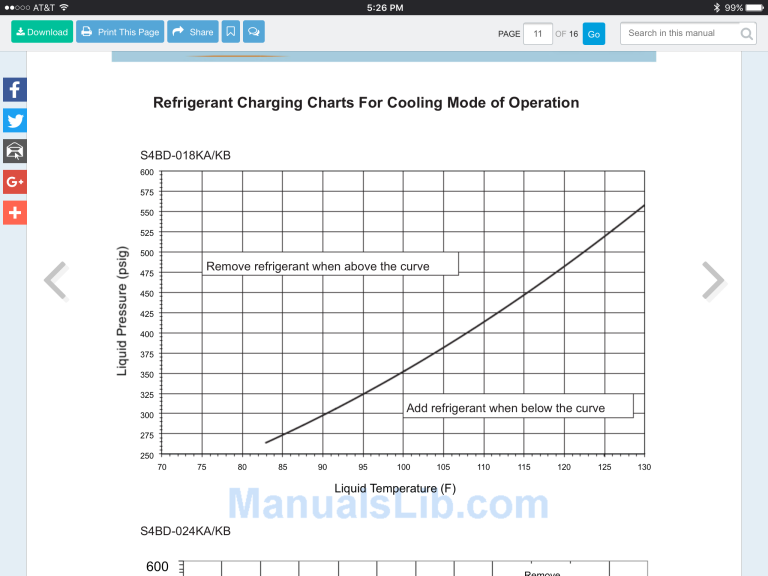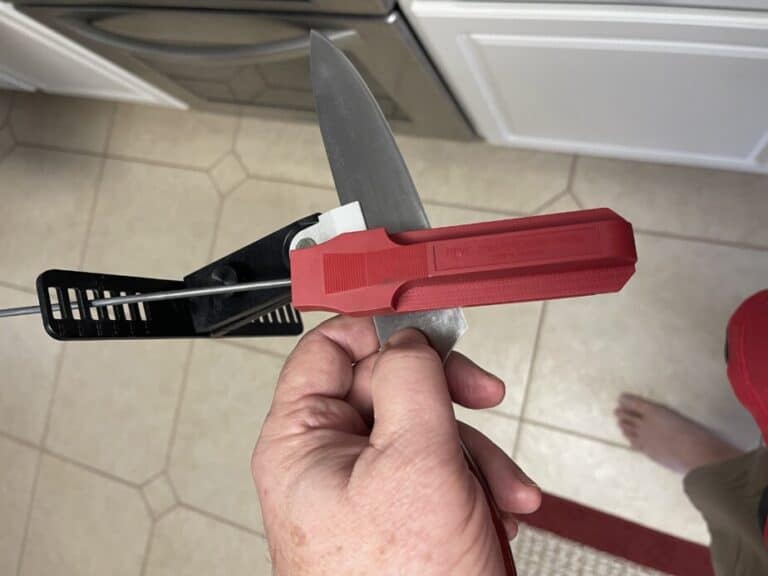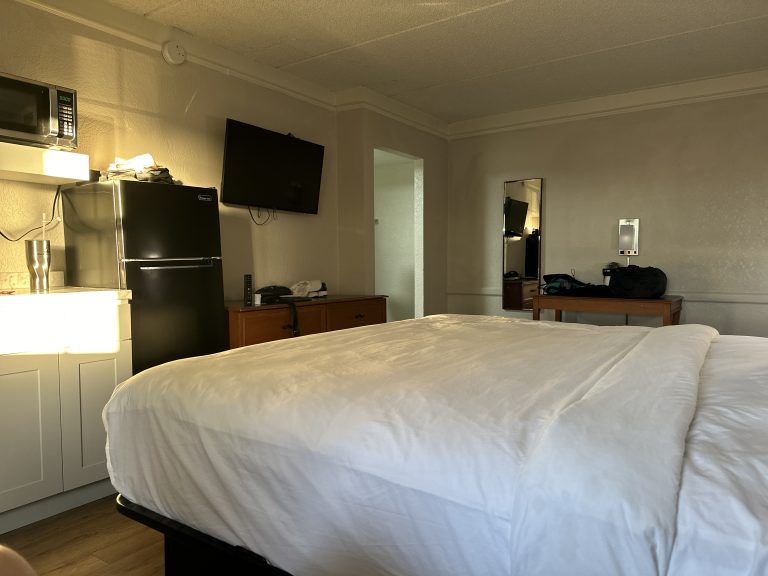T8 & T12 LED Replacement Tube Types Explained
Regardless of whether you’re trying to replace a T8 or T12 fluorescent bulb, chances are you want to go with LED conversion. It can be straightforward if you have enough information, which I hope to impart in this short article. The main thing to note is whether or not you want a simple plug-and-play solution. It’s easy, and as long as your ballast isn’t faulty, you can just swap out the old fluorescent bulb with replacement Type A bulbs, and you’re set. What’s Type A?
Four major types of LED replacement tube bulbs for fluorescent lights:
- Type A – Directly replaces Florescent tube bulbs and requires the ballast
- Type B – Connects directly to AC 120 or 240 v; the ballast must be physically removed from the circuit if converting
- Type C – Require an external module that allows for dimming and other features.
- Type A+B or Universal tubes may be used as direct fluorescent replacement or ballast bypass (removal) for direct AC wiring connections.
Type A Linear LED Tubes (Fluorescent Ballast Compatible)
Type A LED tubes are fluorescent ballast-compatible LED linear lamps. Type A LED tubes are also known as Plug & Play lamps. These tubes use the existing ballast, functioning as a traditional lamp. The benefits of Type A LED tubes are control and safety. The wattages and lumen output for this type of tube can be controlled by the existing ballast: Low Power (LP), Normal Power (NP), and High Power (HP). Most often, Type A lamps are installed simply by replacing existing fluorescent linear lamps, creating a safer installation than Type B tubes. Although these tubes are considered ballast compatible, not all manufacturers’ ballast is compatible. Most LED tube manufacturers suggest reviewing their list of compatible ballast before installing Type A LED tubes. It is important to consider the age and compatibility of your ballast when choosing Type A tubes. Another argument against Type A is that you continue to need a ballast, which wastes energy and is another point of failure. Type A tubes have an expected life of approximately 36,000 hours and consume more energy that Type B tubes.
Can Type A LED Tubes be wired directly to 120V house wiring to bypass the ballast like Type B bulbs?
No. The reason is that Type A bulbs require high-frequency AC from 20 K to 120 K Hz current-controlled power, which a fluorescent ballast provides. Normal House AC Power is 50 or 60 Hz, depending on your location, which is far too low to power the Type A LED bulb. Type A Bulbs do not have the ability to convert standard AC power to a usable form that Type B or Type A+B bulbs have. The following tables show the electrical characteristics of the Type A and the Type B T8 bulbs made by Philips. Both bulbs look identical on the outside, so it’s imperative that you know which type you need, as they are not interchangeable.

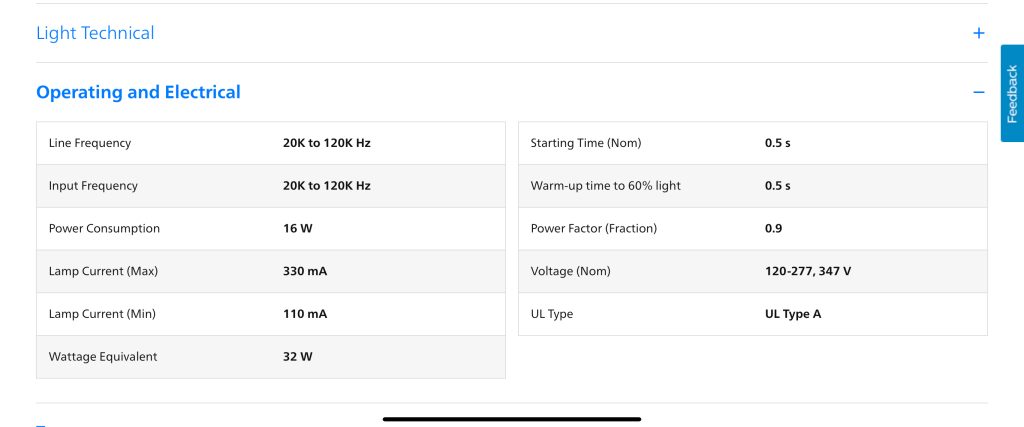
Type B Linear LED Tubes (Ballast Bypass)
Type B LED tubes are fluorescent ballast bypass LED linear lamps. Type B lamps are also known as line voltage lamps. These tubes have an internal driver built into the lamp and are intended to be directly wired to the power source, bypassing the ballast. The benefits of Type B LED tubes are cost savings and maintenance savings. Arguably the most popular, Type B tubes are less expensive compared to other type tubes and reduce maintenance costs by eliminating the ballast. Although popular, Type B is also the most dangerous LED tube type. These lamps require the removal of the existing ballast and directly wiring the line voltage to non-shunted lamp holders (sockets). It is important to mark the fixture as having directly wired lamps to avoid electrical shock and/or fires if they need to be replaced. You should only attempt to convert a fixture if you know what you are doing and understand the risks of working with AC power. If in doubt, hire a pro. Type B tubes have an expected life of approximately 50,000 hours.
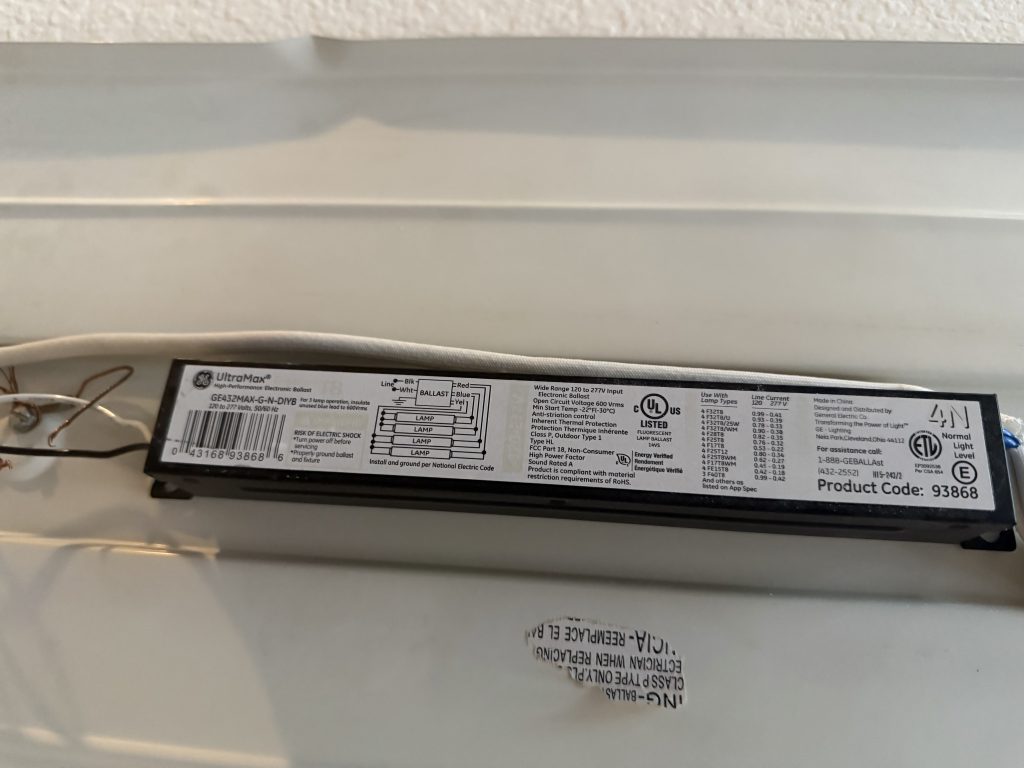
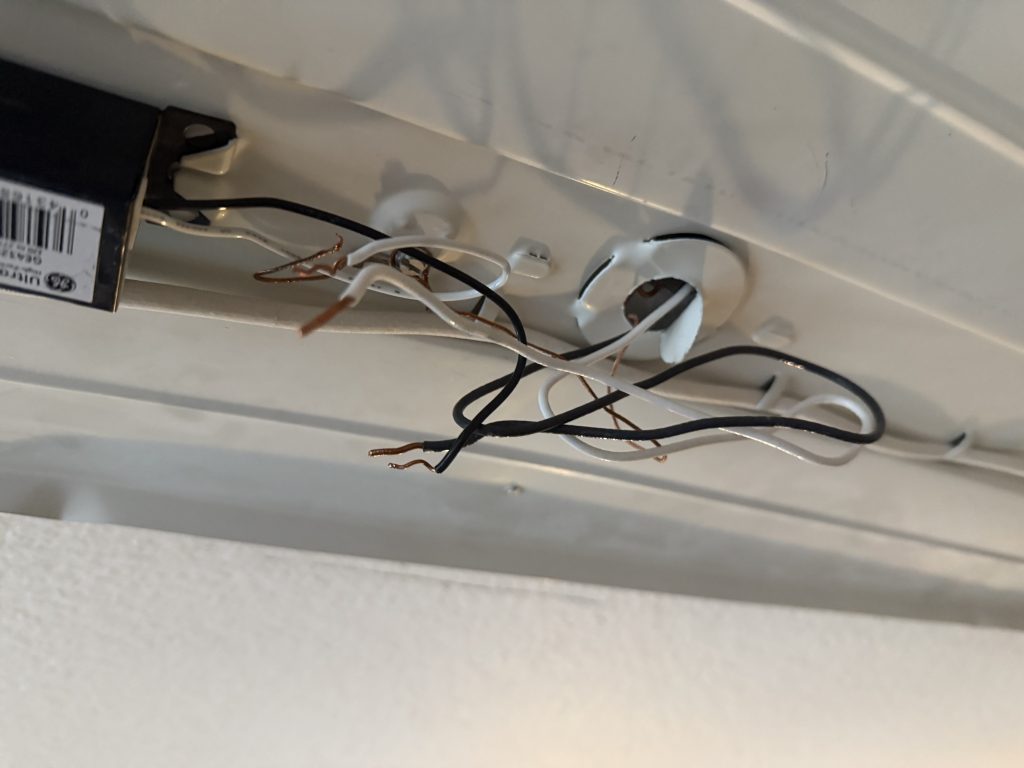
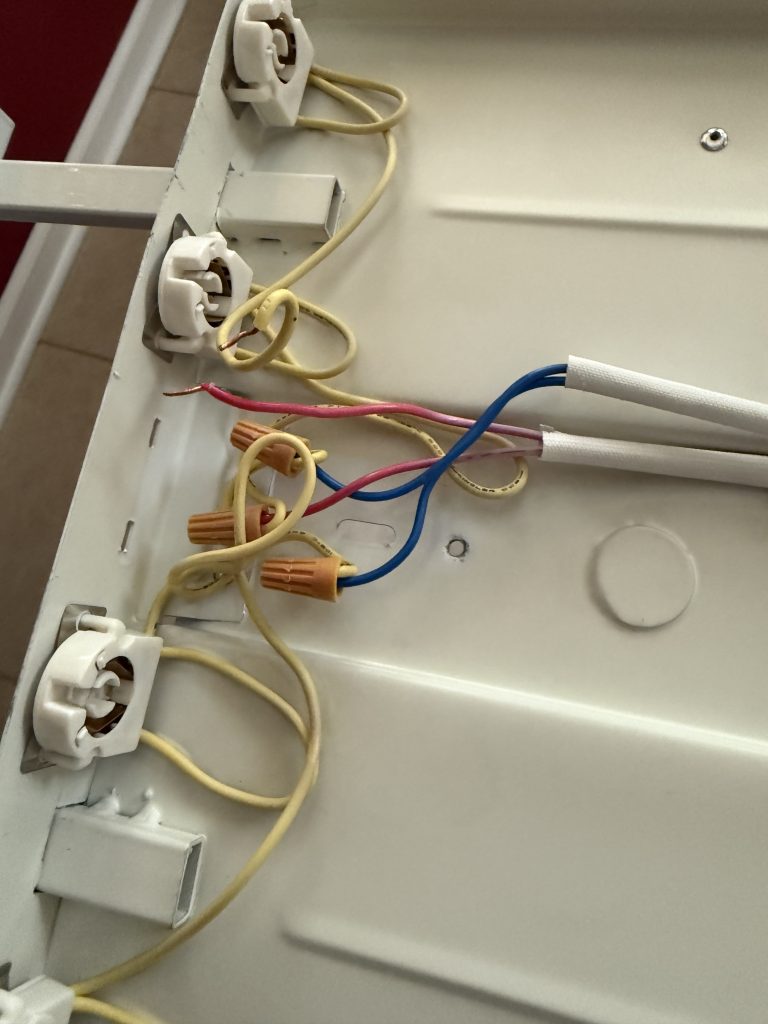
Type C Linear LED Tubes (External Driver)
Type C LED tubes are externally driven LED linear lamps. Type C lamps require a fixture-mounted driver and are installed like traditional fluorescent ballast lamps. The benefits of Type C LED tubes are the dimming capabilities and lifespan. The Type C tubes have programmable outputs, dimming capabilities, and a longer lifespan. Although these tubes offer premium capabilities and quality, they are the least popular because of their price point. When considering these lamps, it is wise to consider LED module systems.
Type A+B Linear LED Tubes (Ballast Bypass & Compatible)
Type A+B LED tubes are fluorescent ballast bypass and/or compatible LED linear lamps. Formerly known as Type D, A+B lamps are sometimes called universal, combo, or magic tubes. A+B tubes are intended to be used with or without ballast. The benefits of the Type A+BLED tubes are safety and versatility. The combo tubes reduce installation issues and offer maximum flexibility in both technology and application: Plug & Play for ballast-compatible operation or removal of the ballast for ballast bypass operation. Although these tubes are considered ballast compatible, not all manufacturers’ ballast is compatible. Most LED tube manufacturers suggest reviewing their list of compatible ballast before installing Type A+B LED tubes. These lamps are the most versatile but also wasteful and less cost-effective than just getting type A or B once you know what kind of fixture you have.


